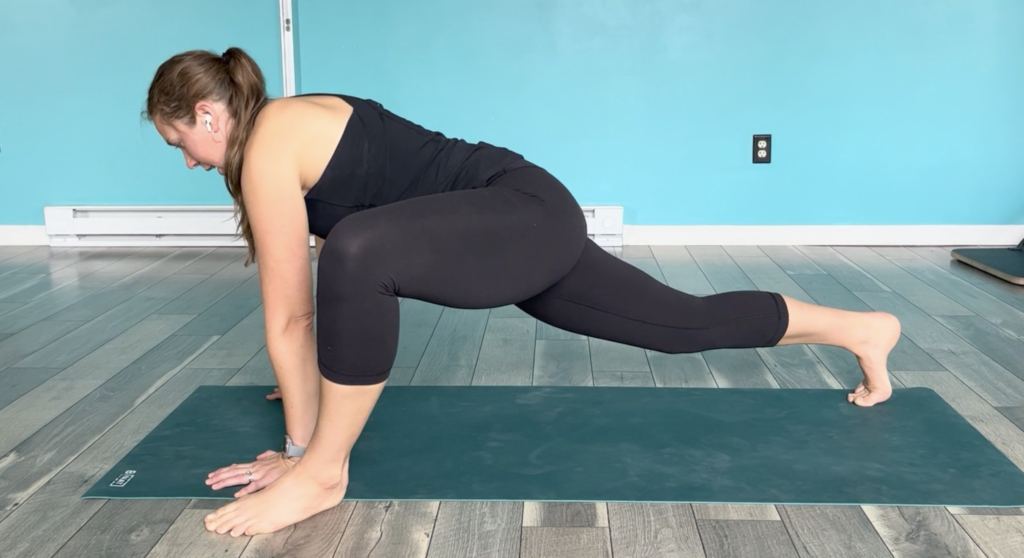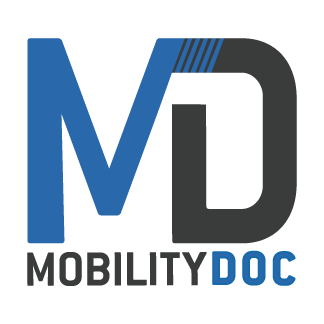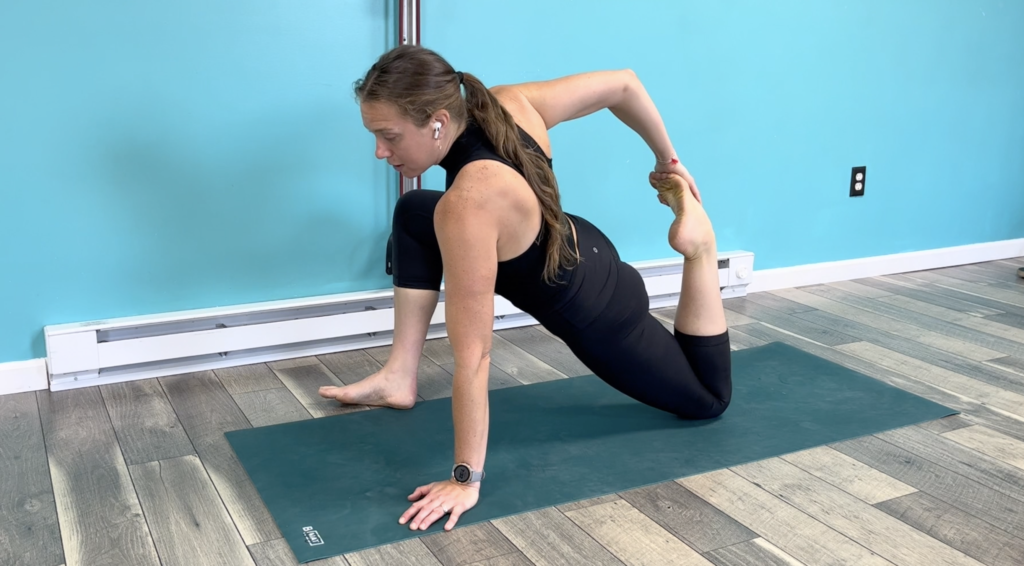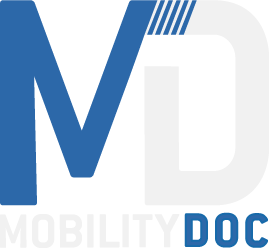What makes something tight? That tightness you feel is actually limited range of motion. There are two primary reasons that a body part can have range of motion issues. It is either from your joint or your muscle, but typically it’s a combination of both. We learned before that foam rolling helps to lengthen your muscle and untie the knots within it. So why stretch? What is the difference between dynamic and static stretching? Do I need to do both stretching and foam rolling? Read on to find out!
Why Stretching is Important
We’ve all seen those guys or gals that have huge muscles. Have you ever seen someone that couldn’t straighten their elbow? I have and thought; woah that guy must be so strong. What if I told you that guy could be stronger. Not being able to straighten your arm actually means the muscle isn’t able to move and work to its full potential. Muscles working not at full capacity means less strength and less power.
Without stretching our muscles become short. These short muscles decrease your flexibility. What does better flexibility actually do for you? It increases your range of motion, lessens your chances of injury, and enables your muscles to work more efficiently. If you read last week’s blog you’re probably thinking this sounds a lot like the benefits from foam rolling. They are, but with one key difference. Your joints are involved. By placing the joint in a different position, you can teach it to be in a better position allowing more correct range of motion.
Static Vs. Dynamic
If you’ve spent time stretching you’ve probably heard the terms static and dynamic. These two different types of stretches do very different things to your muscles. That is why it’s important to understand the differences and when to do which one.
Dynamic stretching is a continuous movement that involves activating the muscle and only holding for a brief second before coming out of the position. As you begin activating the region you will feel the muscle start to warm up and lengthen. This allows you to gently lengthen giving you more flexibility as you activate. You want to move in and out of these dynamic stretches for 30 – 60 seconds. This type of movement allows the body part to wake up and warm up. Examples of dynamic stretches include walking lunges, single leg RDL’s, and twisted angels. If you want to feel “primed” for your sport or exercise, do these types of movement before.

A static stretch is a stretch where you hold from anywhere between 15-60 seconds. These stretches are typically done after exercise and allow for a long deep stretch that over time greatly improves flexibility. You only want to do this kind of stretch when you’re very warm and typically for most sports when you’re cooling down. Examples of static stretches are the lizard stretch, the Brettzel 2.0 (which we will see later), and the supine figure 4. You do not want to do this when you’re cold. If you do this with cold muscles there is a much greater chance of pulling the muscle and causing injury.
Do I Need To Do Both?
As far as stretching goes, now that we have a pretty good understanding of the differences the answer is a clear yes. You definitely can utilize both types of stretching. It is just important to know which one to do when. Below is a chart with a quick recap of benefits and when to do static or dynamic stretching.
Dynamic Stretching:
- Pre Work Out/Exercise
- Continuous movement for 30-60 sec.
- Light Stretch/Activation
Static Stretching:
- Post Work Out/Exercise
- Hold for 30+ sec.
- Deep Stretching and Lengthening
In relation to foam rolling vs. stretching it is another resounding yes! Foam rolling unlocks the ability for your muscles to break down and regenerate on a cellular level. Stretching builds on that lengthening plus incorporates joint movement that we miss in foam rolling. Combining the two is a recipe for optimal muscle recovery.
Foam Rolling and Static Stretching
A lot of recovery work we do involves both foam rolling and static stretching. Combining these two types of recovery work together covers all the bases. You’re allowing the muscles to elongate, grow, and improve their health, while giving the joints the space they need to move properly. The two paired together are a dynamic duo of awesomeness!
This week we introduce our quad recovery couplet. This exercise pairing is great for post exercise! The first portion of the couplet is foam rolling through the quad (which we went over last week) and the second is the Brettzel 2.0. You should foam roll the quad for 1-2 minutes followed by holding the static stretch for 30 – 60 seconds. Alternate between the two 3 times!
Watch our Quad Recovery Video Below!
Using both stretching and foam rolling are beneficial to your muscle recovery. Now that you know which types of stretches to do when, make sure you’re priming your body and cooling down properly before and after exercise. That way you can continue doing what you love longer.
Stretch Your Hip Flexor!
If you’re looking for a great hip flexor and quad stretch, do I have the one for you! Try our low lunge hip flexor stretch. Subscribe to our YouTube channel for regular content updates!






